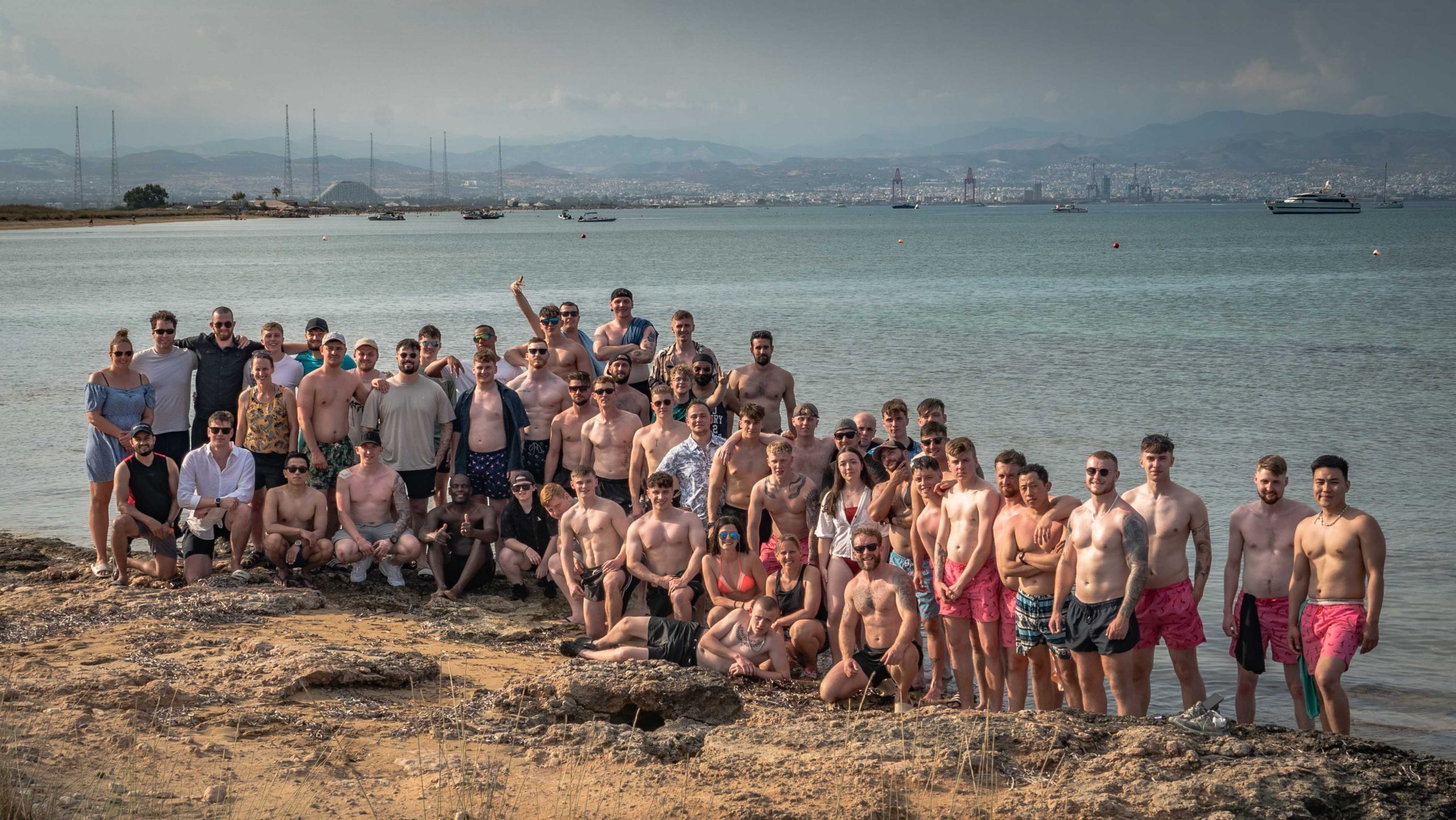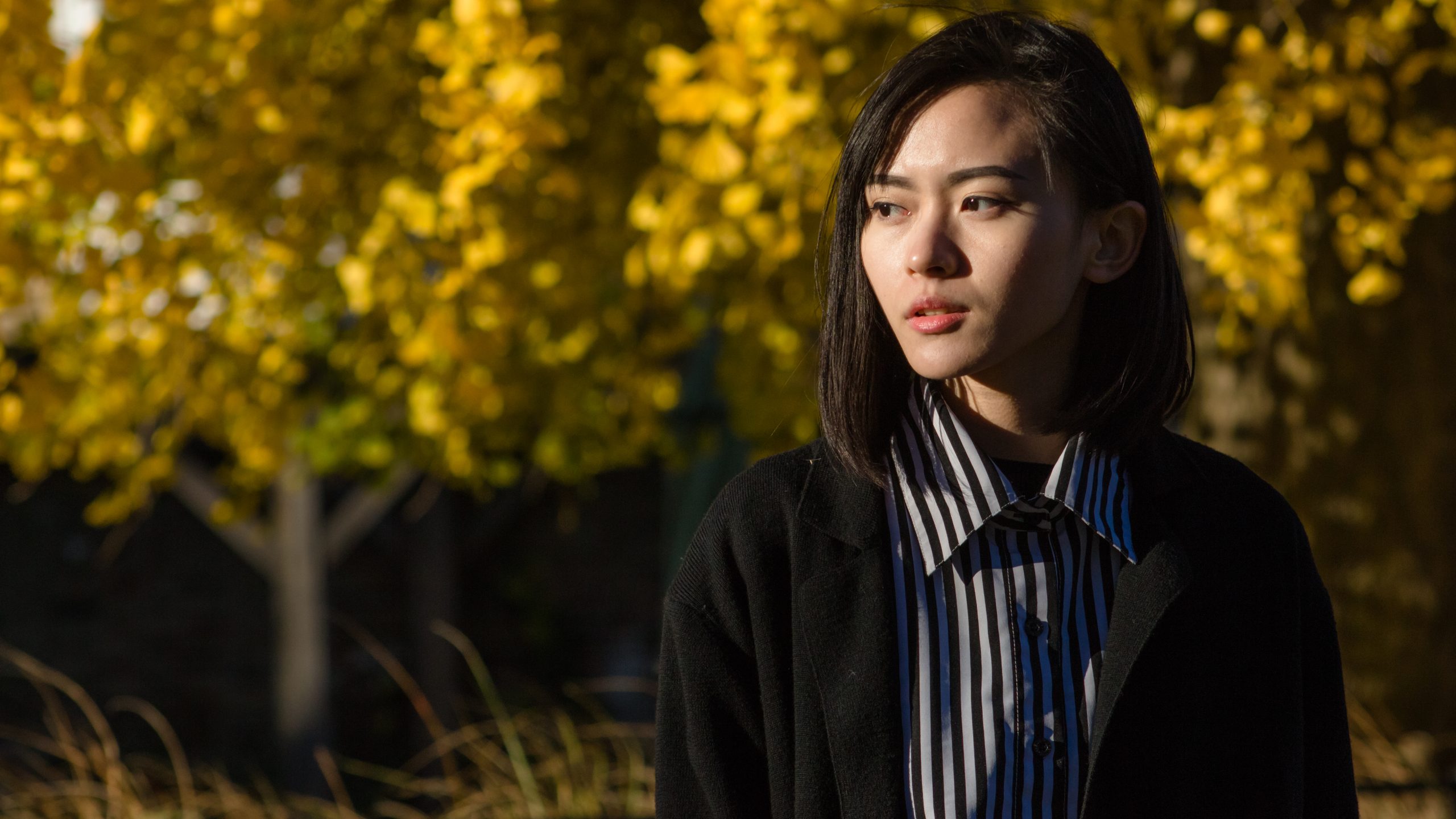National Geographic Photography Expert Jay Dickman has worked in photojournalism for more than 40 years—and he’s accompanied National Geographic expeditions everywhere from the Galápagos to Jordan. Here he shares photography tips and tricks for capturing those once-in-a-lifetime travel moments, whether you’re shooting with your smartphone or a high-tech DSLR camera.

Tips for mirrorless and DSLR camera users
Know your equipment. This is so important. Practice with a new camera before you depart. Oftentimes, in the crunch of getting ready for an expedition, a traveler will buy a new camera and have all the best intentions of reading its manual. Then reality gets in the way and the instruction manual is never cracked open. If this is your situation, I suggest putting the camera in “program” mode, which automates both shutter and aperture. When you’re not dealing with the minutiae of the controls, you’re better able to react to incredible photo opportunities.
Rent first, buy later. Going on an African safari? You don’t have to purchase a telephoto lens. There are companies that rent out really expensive lenses that are ideal for photographing wildlife. Check out “lensrental.com” or “borrowlenses.com,” or check with your local camera store to see if they rent equipment.
Be conscious of creating a sense of place. Setting the scene is critical for sharing our travels with friends and family. When standing in front of a place, think about what is resonating with you in the scene, and use the answers to drive your composition. When building your photo, layer information by putting something of interest in the foreground—perhaps a monument with the valley in the background, or your significant other placed a bit off center so the background plays an important role in the photo.

Play around with the placement of your subject. When putting a person in the foreground, aspiring photographers often make the mistake of putting that individual in the center of the frame. Consider putting them off to the side, with the information of place filling the frame in the background. These “environmental portraits” allow your subject to share space with the place, often creating a more engaging photo.
Think methodically about your image. If you see something that makes you react—if it makes you laugh or go “wow”—think about photographing it. If the subject is creating a strong reaction in you, it will likely resonate with your audience. Then go a bit further to break down the scene, and think critically about what elements are drawing you to it.
Lighten your load. Simplify your photographic life by purging as much as you can from your camera bag before departure. I started my photographic career using primarily two lenses: a 24mm wide angle, and a 180mm telephoto. With those two lenses, I could pretty much photograph any situation. By lightening your load, you enhance your photographic experience.
Utilize auto ISO. This is a great feature on almost all modern cameras and a critical element of exposure. In automatic mode, the camera will use the “native ISO,” which is the best quality. You can also consider using a limiter in the camera menu, which allows you to input a minimum and maximum ISO.



